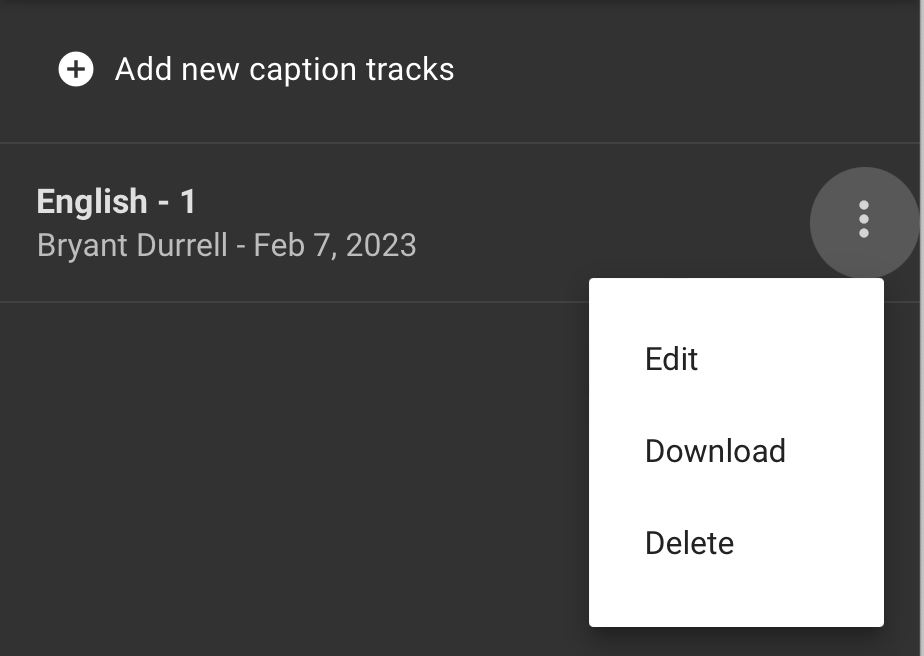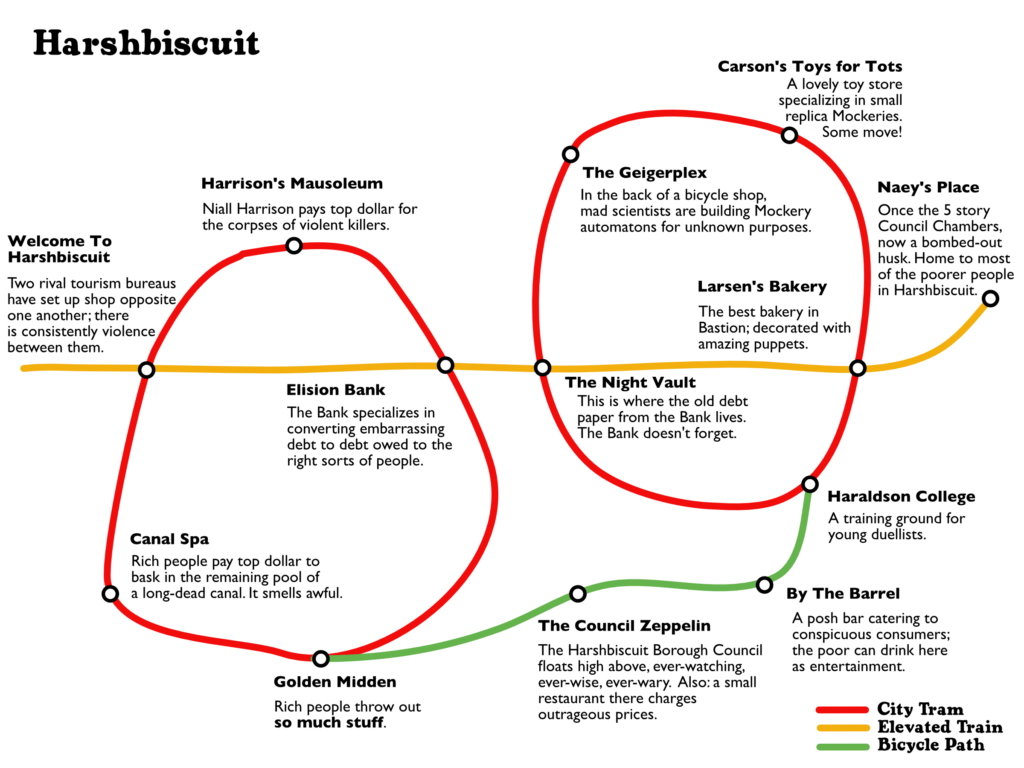Man, there were no dice last time. Also I’m just off a transatlantic flight and I’m tired. Thus, I’m going to let the dice do the thinking for me and go for something highly randomized: the Troika supplement Academies of the Arcane. It was a really fun read; I wound up wanting to run a mini-campaign in it.
We start with stats:
Skill: 6 (nice, that’s max)
Stamina: 18
Luck: 9
All characters start with 2d6 silver pieces, a school uniform, a knife, a rucksack, and a text book on their favored subject. I don’t know what the latter is until I randomly roll a background — like I said, this is highly randomized.
And on a 52, my character’s background is Hellfire Gullet. He signed his soul over to the Devil and ate the contract, as if that would negate it. Instead, he wound up with an eternal case of acid reflux (really, it’s listed under Possessions). He also has singed clothing and a ritual dagger. His magic lives in his stomach and his spells are kind of — well, it says they “spew forth from your throat,” so.
And what spells does he know?
Ember: 8
Glotfire: 8
Firebolt: 8
Flash: 7
Explode: 7
That max Skill plus the base rank in each spell is added together to get the total shown, which is why maxing out my Skill was so good. This is not a hyper-balanced game. Jaym (there’s a name) also has a couple of skills:
Language – Legalese: 7
Gastronomy: 7
So I think Jaym is the kind of officious prick who memorizes regulations. Should be plenty of rules and restrictions at an arcane academy! This particular supplement is big on the annoying students, which means I’m more willing to be abrasive than I normally would be. The one spell which isn’t fairly obvious is Glotfire, which basically allows Jaym to burn away written words leaving paper intact. Obvious applications for forgery there. I’m thinking Jaym didn’t actually get into this academy legitimately.
And that’s character creation. I can’t resist rolling up the academy itself, though, since there are these great tables…
Jaym attends the Kraken’s Hammer Lyceum of the Four Humours. Feels kind of Nordic, maybe; the school’s focus on bodily fluids explains why Jaym wanted to go there. The school’s central feature is a great arch of Sudano-Sahelian stylization, with opal minarets and onion domes; there are also hanging translucent bulbous lecture rooms strung up with golden chains. So not all that Nordic after all. The interior tends towards belted metal and thin, fur rugs, with industrial light fixtures. It’s a deliberate attempt to evoke the feeling of being inside a kraken’s digestive system.
The school is built on top of an oasis in the desert. Rumor has it that those who know the right rituals can sail directly from the oasis into the far away Blood Red Sea.
The school uniform is a cubist-patterned Dalmatia tunic, hose, and a dressing gap. It’s incongruous with the rest of the aesthetic. There was a Magister several hundred years ago who dictated it.
Finally, the Kraken’s Hammer is locked in a long and notable conflict with the College of Friends. Those idiots worship the Cordial Wizard God; the Kraken’s Hammer faculty know that no divine entity should rule over wizards.
Young Jaym is a first year in House Xilat. The House’s mascot is a feathered mastodon, iridescent in hue, which is constantly coughing up gemstones. Their motto is “The Drink is Deep and Plentiful,” which Jaym has learned is a warning about the dangers of the sea rather than anything related to alcohol. House Xilat is deeply indebted to a Gremlin Hunter consortium, and everyone knows it; their deeper secret problem is that they’re also indebted to the Palace of Tigers, and the Palace is disgusted at Xilat’s weakness.
I swear I did not even use all the tables. These are so good!
[Crossposted from Population: One; go here for the original post.]



